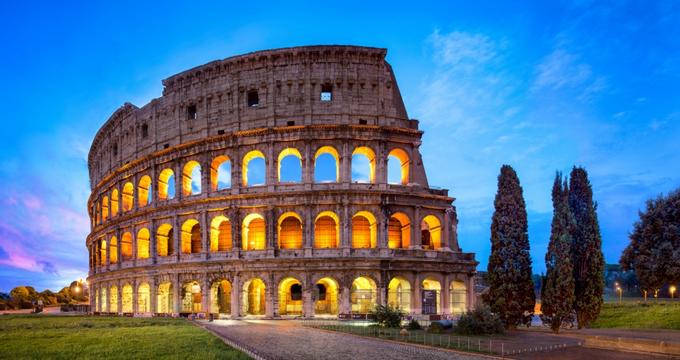Step into one of the most iconic landmarks in the world— The Colosseum. This ancient marvel in the heart of Rome has stood for over 2,000 years, bearing witness to the rise and fall of empires, and continues to inspire millions with its monumental scale and fascinating history. It’s not just a structure—it’s the enduring soul of the Eternal City.
I Found This Great For
History Enthusiasts: Explore the world’s largest surviving Roman amphitheater and imagine life in Ancient Rome.
Architecture Admirers: Marvel at the Colosseum’s brilliant engineering and design, built from concrete and sand in 72 A.D.
Movie & Culture Fans: Visit the filming site of iconic films like Roman Holiday and Gladiator, and learn about ongoing cultural events.
Families & Students: Enjoy educational tours, exhibitions, and interactive events that bring Roman history to life.
What to Expect
- Historic Site: Walk through the arena where gladiators once fought and see the underground chambers used to house animals and slaves.
- Guided Tours: Choose from general admission, underground, or arena floor tours with expert guides who reveal stories of Ancient Rome.
- Accessibility: Elevators and ramps allow access to different levels; check the official website for updates and accessibility options.
Highlights & Features
- Gladiator Shows & Venatio: Learn about the deadly combat, animal hunts, and executions that drew crowds of up to 80,000 spectators.
- Engineering Wonders: Discover how the arena once hosted mock sea battles using an advanced water drainage system.
- Cultural Evolution: See how the Colosseum was repurposed over the centuries as housing, a cemetery, workshops, and even a medieval market.
- Modern Use: Today, the Colosseum hosts educational events, art performances, religious ceremonies, and international exhibitions.
Tips for Visiting
- Tickets: Purchase tickets online in advance to avoid long wait times. Combination tickets often include access to the Roman Forum and Palatine Hill.
- Best Time to Visit: Arrive early in the morning or late in the afternoon to avoid peak crowds and enjoy better lighting for photos.
- Getting There: Easily accessible by Metro Line B (Colosseo Station), or by bus and tram routes that stop nearby.
- Nearby Attractions: Combine your visit with nearby sites like the Roman Forum, Arch of Constantine, and Palatine Hill—all within walking distance.
Visitor Info
- Location: 1 Piazza del Colosseo, Rome 00184, Italy
- Website: colosseo.it
Tip: Don’t forget to bring water, especially in the warmer months. The Colosseum’s exposed stone can get hot, but nearby fountains and shaded areas offer relief. For a deeper experience, opt for a guided tour that includes the underground and arena floor.
Plan Your Trip


